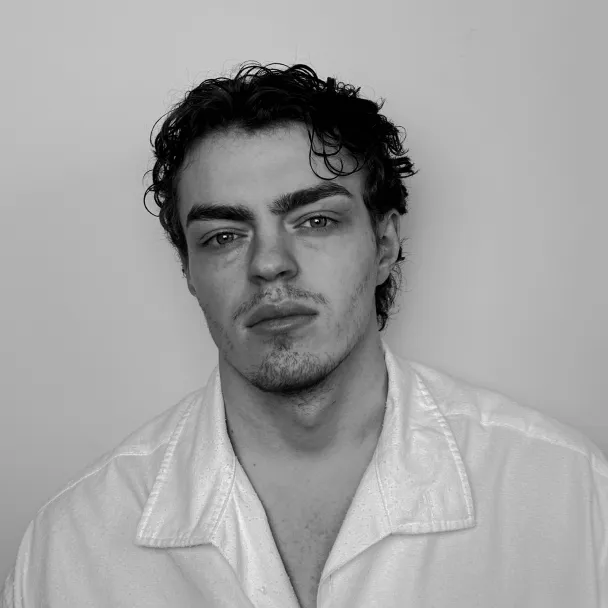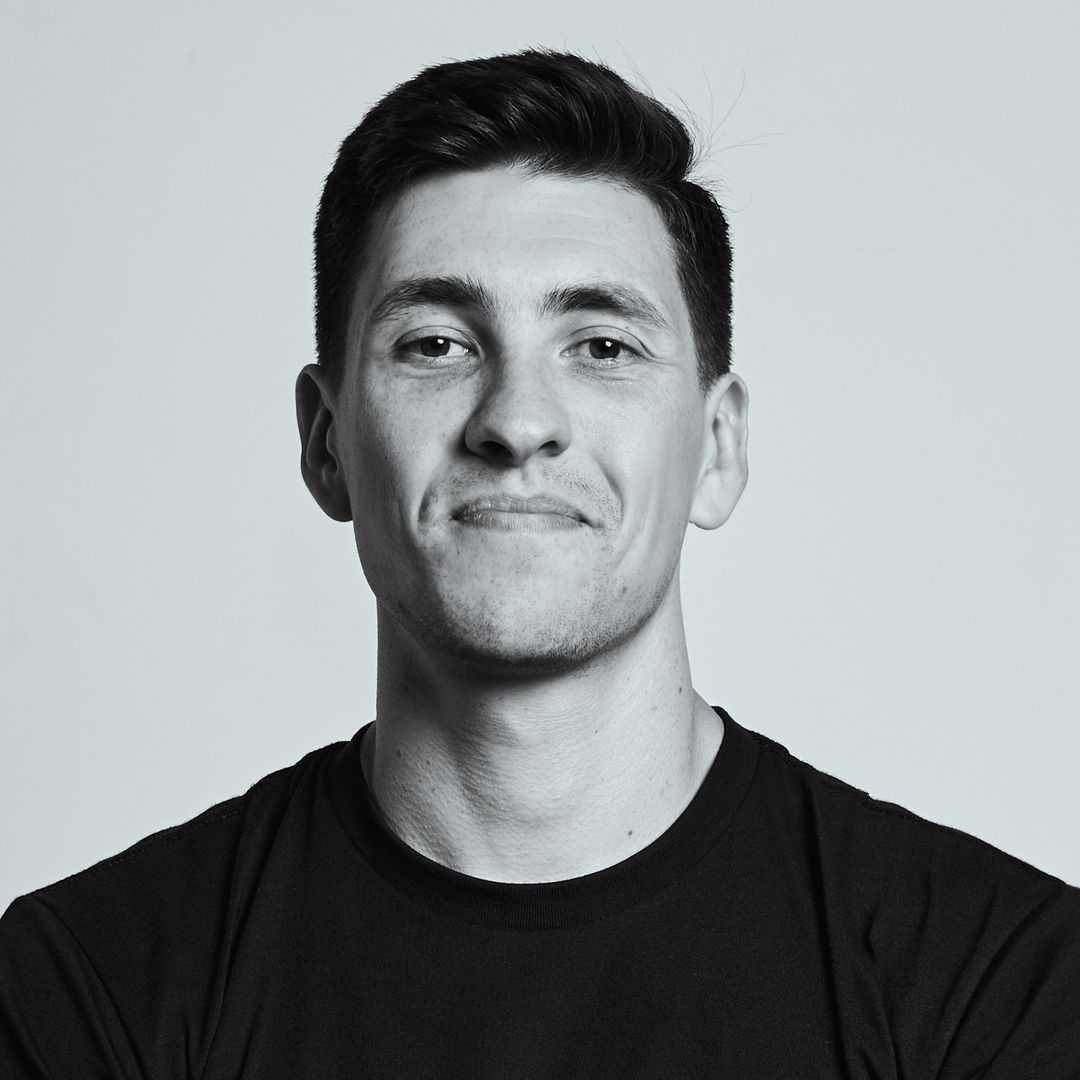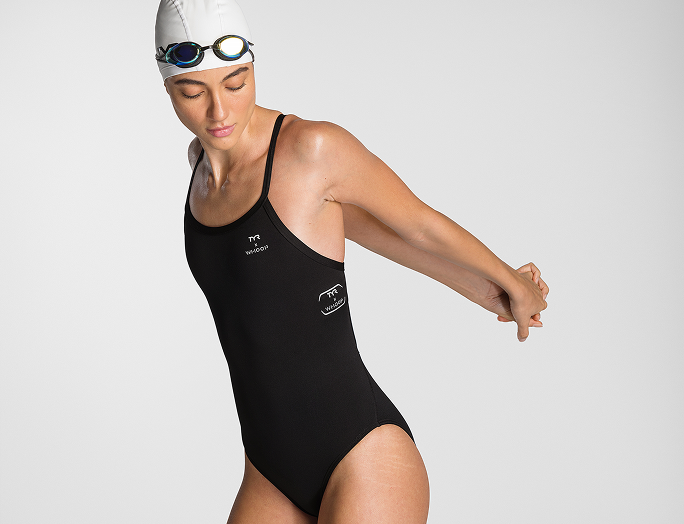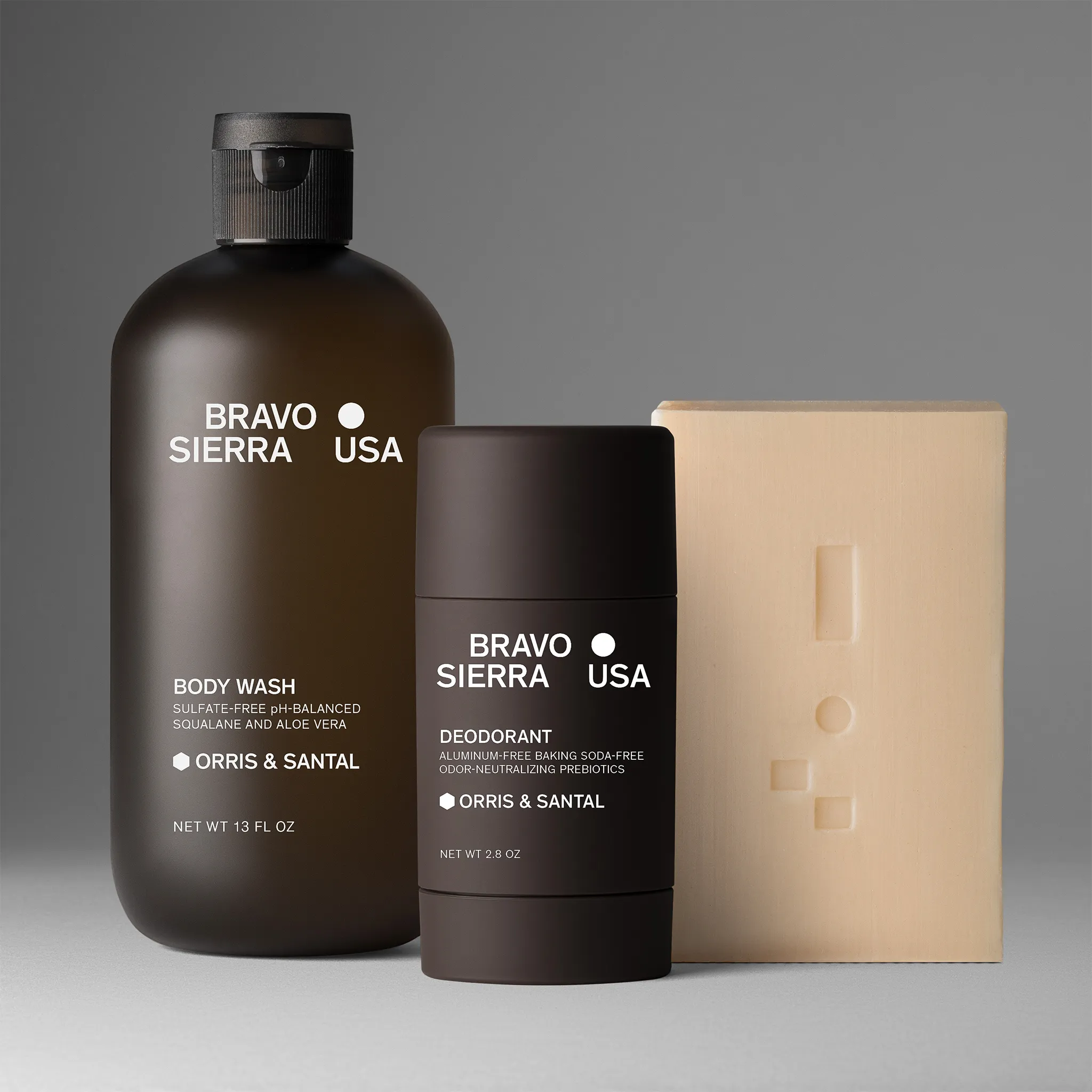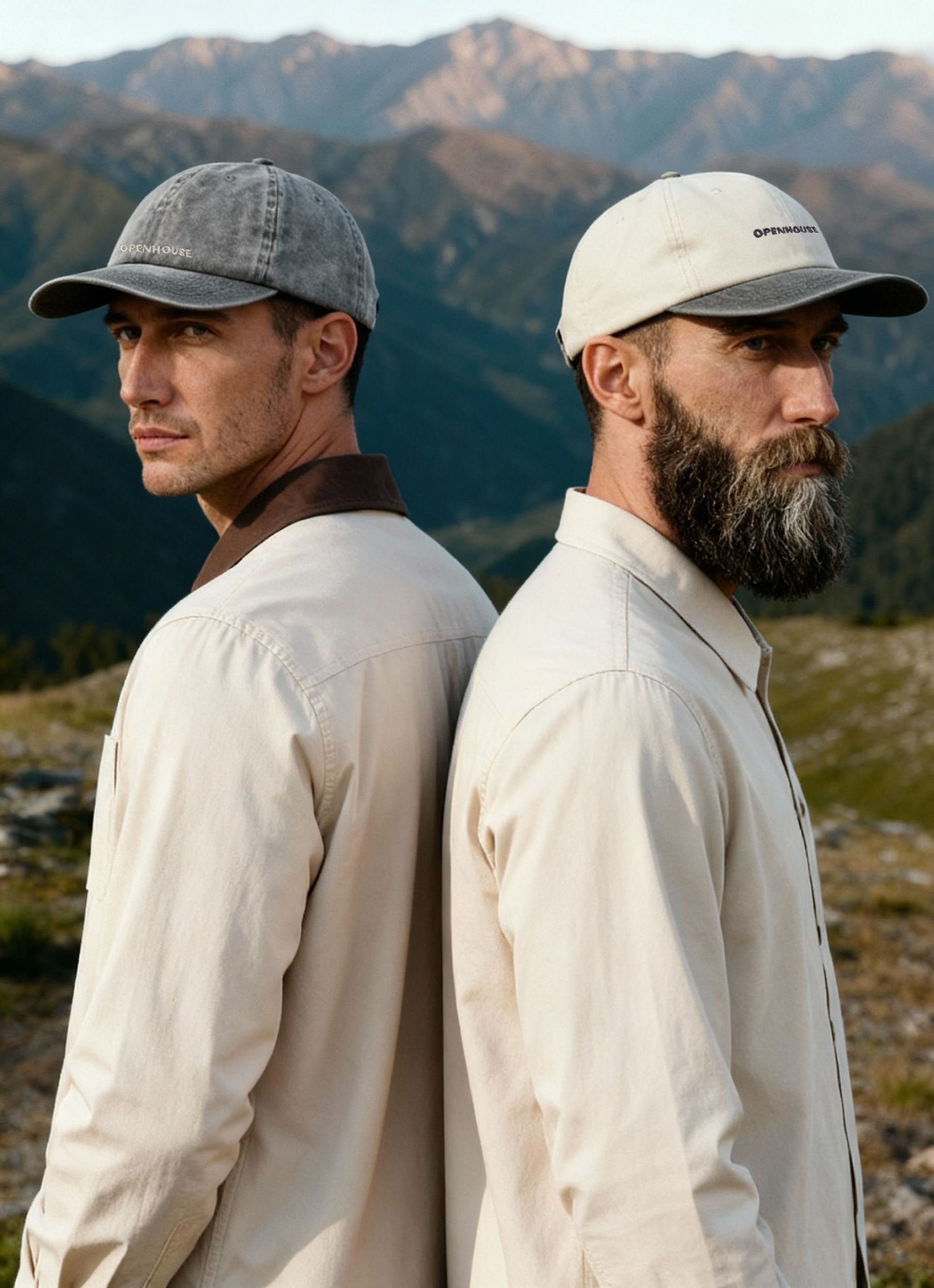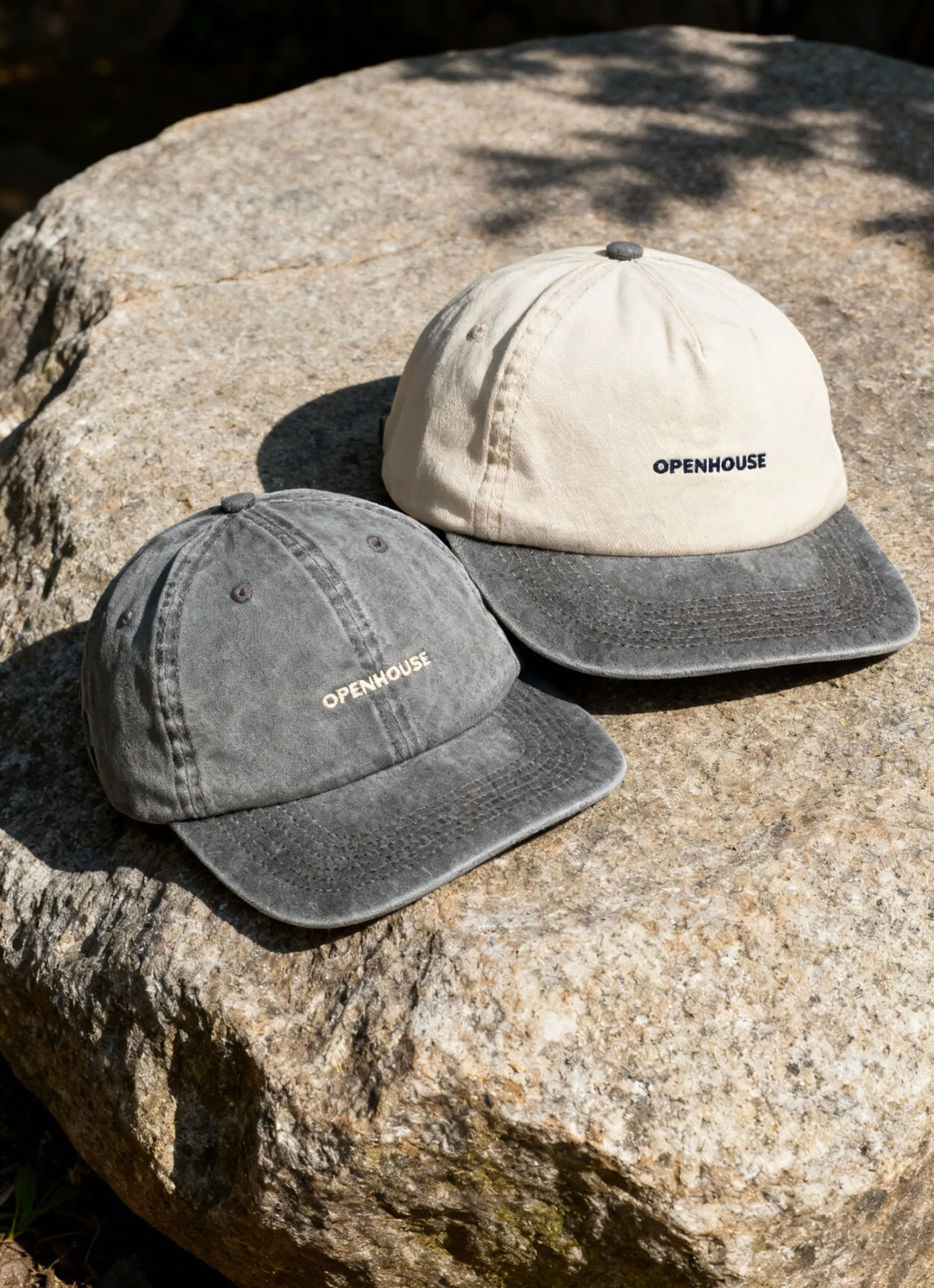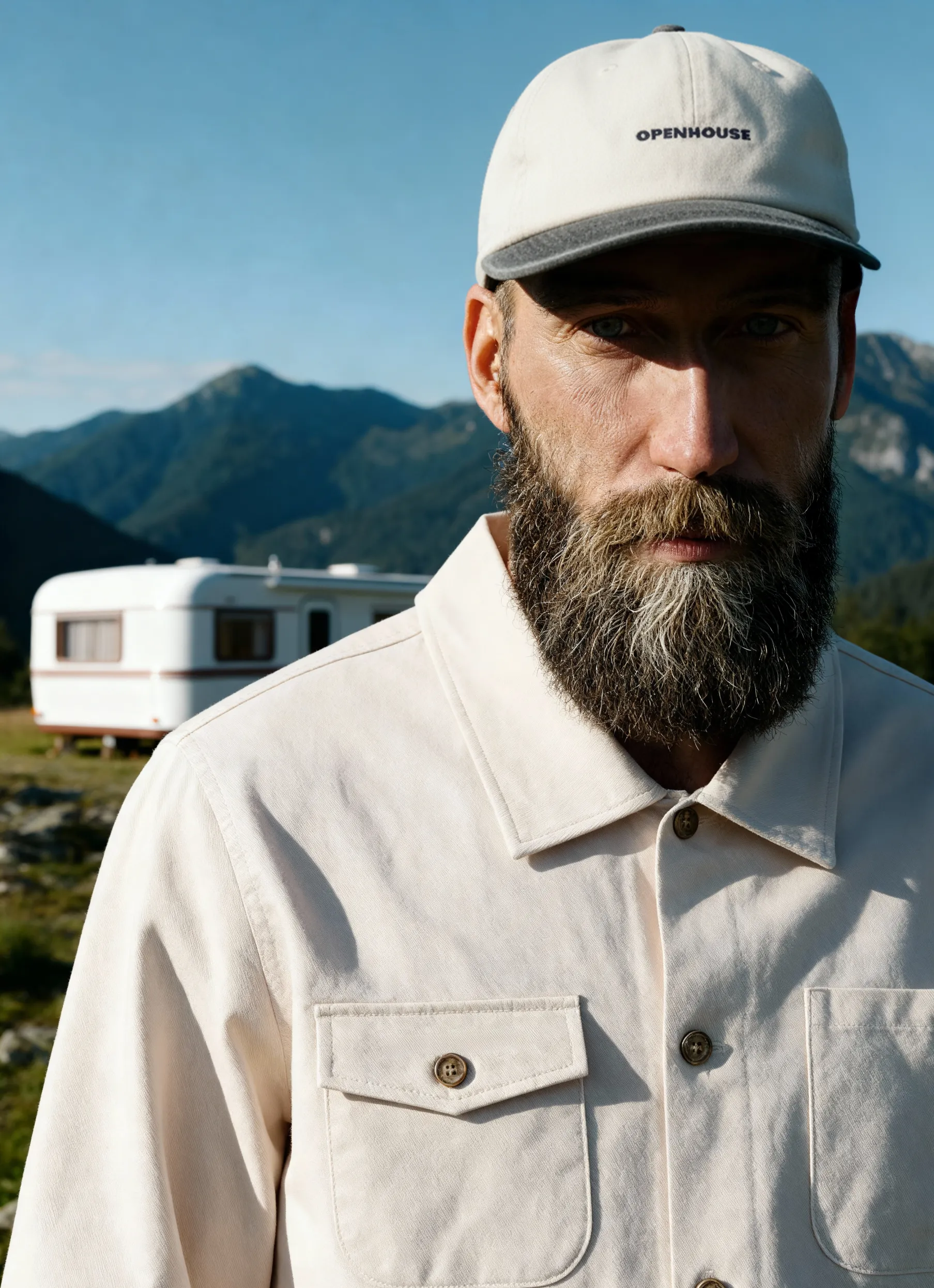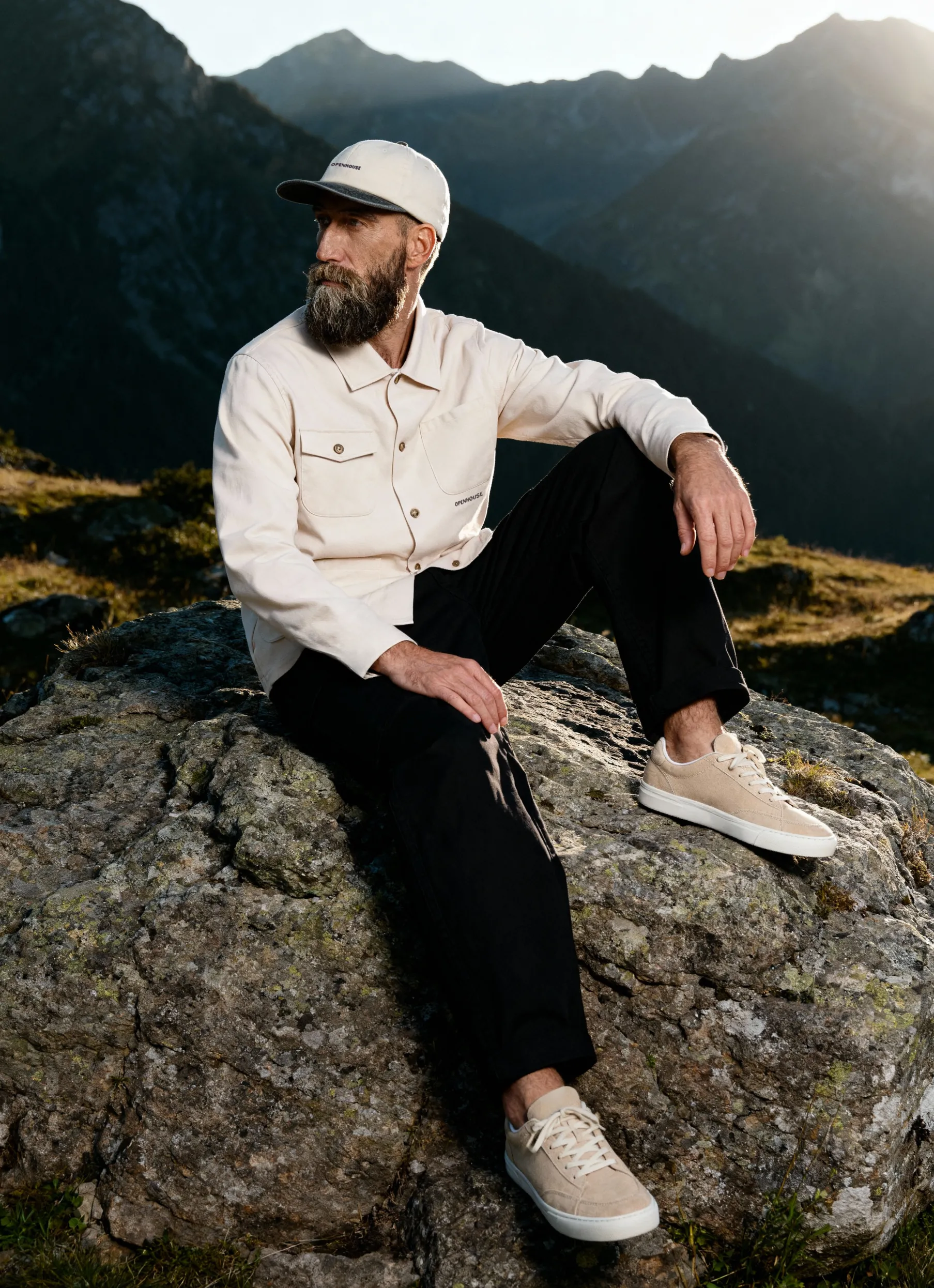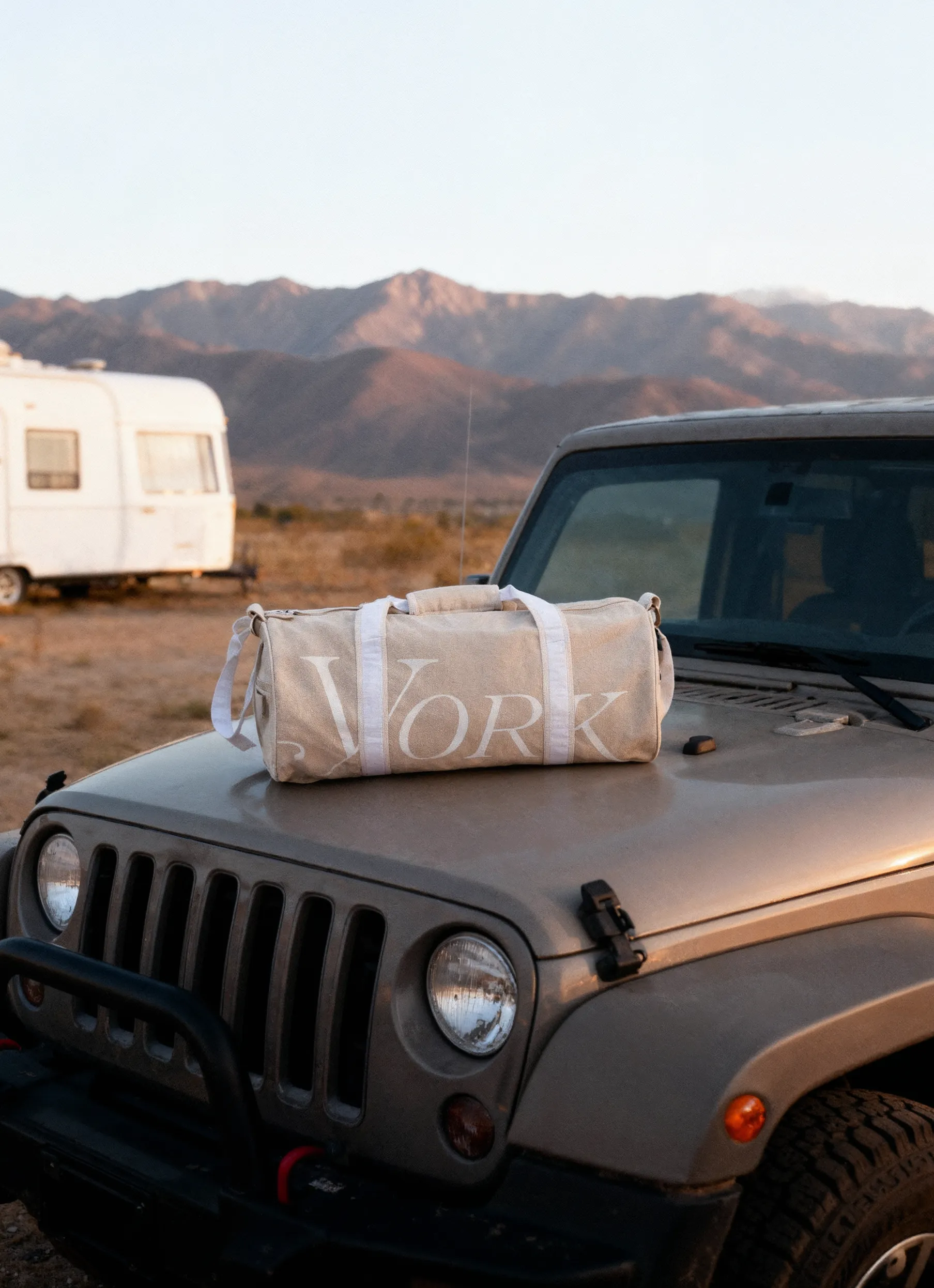Product Photography Pricing can get fairly complex – especially for those marketers or ecommerce managers, who are on a mission to produce images for a line of different items for the first time.
We have asked Keith, our photographer with 20 years of experience in product photography, to provide some expert opinion here. Thankfully, we caught him in a good mood! We’re glad to present an exhaustive outline of the ecommerce photography pricing principles within the product photography industry.
Read on to find out how pricing is calculated for product imagery, what factors to take into account when doing a preliminary budget for the product photography for your online store and what to look out for when hunting for a pro of photo services. Upon reading this piece you will know exactly how much product photography costs. Please, meet Keith, who will help us walk you through:

Keith is our Lead Photographer in a Brooklyn studio. He has been in business for 20 years, for 10 of which he’s been shooting incredible images. Talk to him about photography and motorbikes!
How photography affects conversions and sales
Intuitively we all know high-quality photography is good for business – we are customers ourselves outside of the workplace and we are exposed to product photography every hour. We all spent some time zooming in on detailing on the sneakers we loved or scrolling through multiple angles of a cross-body bag. But to appreciate the scale of impact that imagery has on customers, let’s turn to statistics:
- ¾ of online shoppers (75%!) make a purchasing decision based on the product image.
- There is a 40% higher probability that your content will be shared on social media if it contains imagery.
- 22% of returns site the reason that the real product looked different from the online image.
Just those few pieces of statistics allow a shrewd businessperson to appreciate the scale of impact, that professional product photography can contribute to the bottom line of an online store.
How do product photography service providers differ?
According to the Gitnux stat, there are over 3.5 million photographers in the United States.
They are spread unevenly across the country and have diverse age and education split across the board. What they do share though is an extensive scope of skills they mastered in order to become a photographer.

Theory aside, how does a business owner or a marketing manager choose a vendor for product photography for e-commerce service? First of all, they are divided into private service providers and professional photography studios.
With private photography providers clients get:
+ price flexibility – due to the irregular nature of incoming leads
+ wider choice – as they are more numerous than studios
+ smaller shipping expenses due to proximity
– uncertain level of skills
– possibility of not having the correct equipment to fit the client’s needs.
With professional studio photography providers clients get:
+ professional execution with guaranteed results
+ access to correct professional equipment and studio
+ logistical possibility to handle big quantities of product – a pallet of items
+ possibility to process and shoot objects of all sizes and any weights
– limited choice
– higher rates, than in the private sector
– depending on the distance from the client’s warehouse – higher shipping cost.
A freelancer is good for certain types of projects in the short term. With a professional studio, especially with product photography, the consistency of the client’s image will be the same throughout the process over time. Also, the availability of the photographer is not an issue.
Freelancers have an open schedule and may be booked and not available for the shoot thus having the client to find another photographer to shoot the same product and ultimately ending up with a different result that will not match the photos previously taken. This ends with an online presence that is not consistent with the current look of the client’s website.
With a professional studio, this is not a concern. A photographer and retouching team has a database of all past images that have been shot and can reference those past images to make certain that the new product images will match what has been shot in the past.
– Keith, Lead Photographer
How much does product photography cost?
There are a few models of pricing when it comes to product photography:
- by the period of time: hour or day rate
- by the product
- by the image
Squareshot only practices by image pricing – as most logical, transparent and clear for both the client and the provider. But let us quickly touch on the other 2 methodologies – so that you have a chance to draw your conclusions.
Product photography pricing by the hour / by day
This method is the least predictable of all. It is difficult to forecast and next to impossible to account for in the budget. However well you know your inventory and your items, things can always take more time than you estimated initially.
This charging technique was developed for cases when clients have a rather dissimilar line of products to shoot. In which case it is hard to estimate which items will need more time, efforts and resources to be photographed.
Product photography pricing by the product
In case your products are more or less homogeneous – it is possible to employ this method of pricing – by the product. In which case clients get charged per product – with prior maximum instilled for images per product.
It is also common practice to have different price points for different categories of products. Say, bigger objects, that may require extra manning and special equipment may be charged at slightly higher rates.
Naturally, the more products you order to be photographed, the smaller the rates get. The wholesale discount applies in case of product photography due to the fact, that specific actions have to be done irrespective of the number of products in an order – comprising a major cost of business to cover.
Starting from customer acquisition to logistics – you have to arrange the shipment of the product to the studio. If you ship 1 product or 100 items – it takes approximately the same amount of effort, time and resources. So the more products you can get in order, the better. If you split the order into parts – your discount gets smaller.
As a variation of this method, some studios opt for “per image” pricing model but add a specific amount for every image of the same product at a different angle. As illustrated below:

Product photography pricing by the image
The most straightforward and easy to forecast product photography rate structure is by the image. It is transparent and fairest to both the client and the provider, thusly a preferred pricing method for many professional studios. This is why we will dwell on this pricing method most in this product photography pricing guide.
In this model, when clients get charged per photo, clients also get discounts on a basic rate as they order more images.
When developing the pricing structure, a lot of experience from shooting past orders was needed in finalizing the process.
It comes from putting a lot of time in from behind the camera. You begin to understand what it takes to produce a certain kind of image from a basic shot of a box up to a complex ghost mannequin image with transparent fabric. Keeping track of prep and shooting time per product and calculating all the data to finally understand how much time has been spent per image in every kind of category we offer.
After months of analyzing shooting data, different levels of pricing were developed based on the information that was provided in all categories.
– Keith, Lead Photographer
Product photography pricing guide
Many factors go into the pricing model for commercial photography and all of them are based on one simple principle of economics: supply and demand ratio. The higher the competition of a certain level of performance, the higher the rates are going to be. But let us look in detail into major aspects that get to factor into the pricing hierarchy.
Quantity aspect’s impact on rates structure for product images
The more images a client orders in one go – the cheaper it is likely to be. This is why a client needs to make sure to organize batches of products for shipping in an organized manner – so deeper discounts can be applied.
As a product photographer that has the experience of shooting high volume orders with very similar products, I got to know how important it is to have all the products on hand for the shoot rather receiving them in small batches over time. The advantage to this results in image consistency.
All angles, color balance, scale, etc will match exactly. The result is a perfect series of professionally executed images. And another advantage is logistical costs and concerns. All products will arrive together cutting down shipping costs over multiple times.
– Keith, Lead Photographer
Number of objects: single vs group product image
The more the cheaper does not always do the trick when it comes to group product photo pricing. The more products there are in the same shot – the more expensive the image will be. After all – everything is logical. A photographer or an assistant has to work harder to deliver, unpack, position, retouch more products into one shot.
Product category
Some product imagery requires more know-how, human power or equipment to be shot professionally. Specific categories trigger extra charges: electronic equipment or bulky vehicles, like bicycles, may have a surcharge due to the extra resources involved in the photoshoot.
Similarly, there will be a higher price for multi-layered jewelry photography, while basic flay lay jewelry price is just a standard price point.
In bags category some models require more time, effort, and experience to best portray the item – backpacks and duffle bags get a surcharge per image, for stuffing and styling, and reflective ones are always harder to retouch.
Post-processing and retouching as an image price-forming factor
If for whatever reason a resulting image will require extra post-processing, this factor might increase the pricing. For example, layered jewelry or glass objects may need extra retouching.
Extra post processing of products is necessary in all categories of product photography. However, some items will require more retouching than others.
For example, when styling a backpack with the straps floating to show its form, the removal of the monofilament used to suspend the bag has to be removed as well as the creases in the fabric that they create. With jewelry or glass, retouching is necessary to clean and polish any imperfections that may be present.
Sometimes there are issues with surface scuffs or scratches that may not been seen with the human eye, only to appear when you zoom in to see the details.
– Keith, Lead Photographer
Photographer’s skill level
It is all about supply and demand. So an experienced photographer with lots of WOM generated business, plenty of reviews and heaps of experience will have a higher demand for their ecommerce product photography services. A rookie with no portfolio and no queue for their services are likely to shoot for free – only to start their portfolio and ultimately increase demand.
To illustrate this pricing factor, there is an adage about Picasso’s reply why he asked a substantial amount of money for a 5-minute doodle. As per the adage, the genius replied with a similar message:
The urgency in product photography pricing – rush service
The regular rates for product photography apply with specific terms and conditions on the time frame of the completion of work. Usually, such T&Cs will include a minimum of 1 or 2 weeks for a small order of images under mid-season conditions.
In case a client needs photographs to be ready beforehand – this should usually be possible at an extra charge. The extra charge for a rushed order will be anything from X1.5 to X3 – depending on the urgency.
High season rates for product photography
This is not a common practice in the photo industry, but sometimes to filter incoming inquiries product photo studio may apply higher rates in their high season.
The technique is likely to be used by smaller operations with limited team members and established name, that allows a constant stream of leads for higher volume orders. This is good to know photo industry seasonality when you plan your photo shoots for the upcoming season in order to optimize your costs.
Size of the product to be photographed as the pricing factor
When it comes to photographing apparel, accessories, shoes, bags, this factor is hardly ever applicable. Most of the mentioned items will fit onto a regular-sized table and will require regular lighting equipment for the shoot.
But in some categories, like outdoor gear, electronics, vehicles, furniture, the session needs to be organized in a specially equipped studio, have bigger tables and props. Similarly, more teams may need to be there – to unpack, handle, position, remove, etc.
Most studios are equipped to shoot most common items. However there comes a time when larger items have to be shot. Space has to be created in the studio to accommodate such large items. Larger shooting and storage areas must be met. This sometimes involves rearranging the studio from its standard layout to meet this request.
– Keith, Lead Photographer
Weight of the product
In the case of the product photography for an object whose weight exceeds 10 lbs, a surchage usually apply. That covers the extra efforts and time, needed to handle heavier objects. In the case of an object >20 lbs, an extra assistant may be required. Note, that your shipping costs will also be impacted by the weight of the products.
Product preparation & assembly
Some items may require more action than just taking it out of the box and dusting it. Some of the preparations will require an assistant for cleaning of the rather tainted products, finishing their assembly, stuffing, etc.
When it comes to clothing photography – steaming and ironing are needed. In the US, complex removal of wrinkles by steaming and ironing may cost an additional $1-3 per image for prepping a sophisticated piece of apparel for the shoot. Remeber, that it's usually more pleasant for budget to choose and ironing/steaming, than overpay later for retouching. A professional retoucher's time costs more, than assistant's.
For example, a T-shirt shooted on a hanger, on a mannequin and as a flat lay would be charged differently. Ghost mannequin is the most expensive, as it requires a mannequin, shooting a product twice and more post-production.
Background and photo set arrangements
There are products that are best presented isolated on white, but there are some that require a backdrop or an entire set to be properly constructed and displayed. Furniture, kitchenware, spa products all look better in their respective natural environment. All of the additional backgrounds and props also cost extra. Yes, this is a lot of work, extra props, extra rental fees. But in this case, a marketer is selling not just any oil, but rest, relaxation, well-deserved chill time. So consider that if you can afford additional charges.
Styling of the product
Some orders require lots of styling, that has to be done in accordance with the brand look of a client, company’s values and target audience. In such cases an outsourced designer or stylist can be invited to assist with such a mission – that, naturally, brings the rate for the shoot up. When the requirements are not that stricts - the surchage will more likely to be applied as well, as that increases time needed to produce a shot.
Product layout
There are products, that may take a lot of time and effort to be laid out prior to the photoshoot. Those are items that consist of multiple parts – like construction kits for kids or car parts.
In this case, a resulting image may contain from 10 to 100 pieces that have to be orderly aligned for the shot. It takes time and the know how to do it, so it will definitely bring the rates up for the photoshoot.
These are some of my favorite items to shoot. I love laying out the pieces in an organized symmetrical fashion. Beautiful compositions can be created with the simplest of products. This however takes a lot of time to compose and create to look outstanding.
– Keith, Lead Photographer
Extra retouching
If the images require extensive retouching, this service will usually be charged extra. The extra retouching is also a reason why most of the Ghost Mannequin photography will be significantly higher priced. As in this technique, oftentimes a retoucher has to Photoshop the back and front of the image together after removing the ghost mannequin from the image itself.
Other costs factors in product photography rate structure
Shipping – the further away the photography studio, the more expensive shipping will get.
Manning of logistics – always factor in the manning power to plan all the products for the shooting session, take out of inventory, pack, send away, receive back and unpack.
Inventory management – in case some of the products to be photographed are rare – you might incur costs of lost revenue in case a client wants a product that is not in their immediate inventory.
Pricing factors in commercial photography by style
Lifestyle photography
Lifestyle photography is one of the more expensive types, as it usually requires models, makeup artists, stylists, lighting assistants as well as lots of planning, rental fees, props, transportation arrangements and much more.
Lifestyle photography is a powerful tool though, that speaks directly to the target audience. So the impact of the lifestyle images is, too, multifold – not only the price tag.
This may be the reason why it is also one of the most expensive ones – one day of outdoor shooting with model may cost you any sum, starting from $5000 for the day of shooting. Usually this price does not include post production edits.
Detail or close up
Detail or close-up photography requires specific lenses. Even though it is not a standard shooting mode, it is usually charged at the regular rates.
Close-ups are heavily used in luxury product photography as well as in premium style apparel imagery to highlight the attention to detail and quality of materials used in the production of garments or accessories.
Close up images are another one of my favorite images to shoot. You can create a beautiful composition from patterns in a fabric or texture from a surface. Also the process of focus stacking is necessary for executing a sharp image.
When shooting with a macro (close up) lens, the depth of field is often shallow due the close proximity of the subject to the lens. To achieve this look, a series of images with several focus points are shot and then the images are combined using software that take all the sharp in focus areas of each exposure and process that information into one tack sharp file.
– Keith, Lead Photographer
360
360-degree photos are priced with an index of 3X-7X. This kind of photography requires not only special equipment, software, and skills, but also is hugely time-consuming during the shoot and during post production as well.
It is an expectation in certain segments to have 360-degree product images, for example, shoes and bags on online stores often feature these types of images. Once again, this type of photography is more educational and useful from the customer’s point of view and always translates into higher Time on Page metrics and higher CTR, than regular still lay flat photos.
Product Grouping
Group product photography is often required when a series of cosmetic products or accessories need to be placed in one image. Group shots usually have their price list and the price rises with the number of products to be placed in the shot.
The logic behind this method is simple – the more products there are in a shot, the more items a photographer needs to unpack, dust, position, retouch.
Product photography price calculator
At Squareshot, we tried to come up with the most competitive, fair and transparent pricing model. Many of the principles we laid out in this thorough piece on costs in product photography are utilized by our company.
But to make things easier for our clients, we have programmed a calculator, that allows to quickly estimate how much a specific order will cost you.
Give it a try – go ahead and see what your photography needs will cost with one of the best companies in New York.
Even though we have tried to provide a general rule-of-a-thumb pricing guide to product photography, the rate strategies differ from studio to studio. Always make sure to read the specific pricing of all the product photography companies before making your decision.
Always check the portfolio of works of your photography provider to make sure the price is supported by reputation, know-how, expertise and experience.
Product A
SQUARE SHOT



